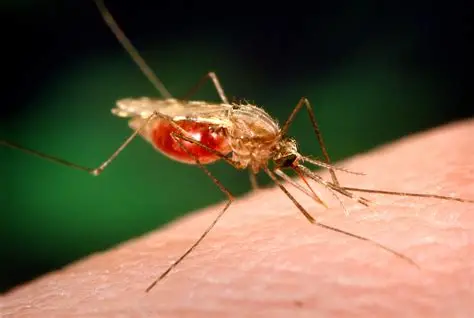
Kenyan researchers working with global partners have sequenced the DNA of hundreds of malaria mosquitoes, uncovering genetic changes that explain how the insect is outsmarting malaria control programmes.
The landmark findings, released by the Wellcome Sanger Institute in collaboration with the Kenya Medical Research Institute (KEMRI) and scientists from 16 African countries, shows that Anopheles funestus, a species long overshadowed by its cousin Anopheles gambiae but equally capable of spreading malaria was rapidly adapting to withstand control measures.
Scientists sequenced the DNA of more than 650 modern mosquitoes in Africa and compared them with 45 museum specimens collected as far back as 1927. The results revealed several independent mutations making the mosquito resistant to insecticides widely used in bed nets and spraying campaigns.
One of the strongest signals came from a gene known as Gste2, which protects the insect against both Dichloro-Diphenyl-Trichloroethane (DDT) used for indoor residual spraying and pyrethroids used to treat mosquito nets.
The mutation appeared at least twice in different regions – proof that the mosquito was not only surviving but independently inventing ways to outwit human interventions. Another gene, nicknamed rdl, which provides resistance to dieldrin, was already spreading in the 1960s and remains common today.
None of the historic specimens carried these new resistance genes, underscoring how much the species has changed in just a few decades under pressure from large-scale insecticide use.
KEMRI scientists contributed to the collection and sequencing of samples from western Kenya, one of the regions with the highest malaria incidence in Africa.
Working with partners, they helped reveal how populations across the equatorial belt stretching 4,000 kilometres from Ghana to Kenya remain genetically connected, while in other areas such as Benin and northern Ghana, new genetically distinct ecotypes are emerging.
The findings raise urgent concerns about how Africa, and Kenya in particular, will confront a parasite that still kills more than 600,000 people worldwide each year, most of them children under five in sub-Saharan Africa.
“This study highlights the extraordinary adaptability of Anopheles funestus. Unless it is targeted directly, malaria will continue to rage across Africa even if we control other species,” the report notes.
The findings mark a milestone for African-led science, with institutions across the continent generating knowledge that could directly shape malaria control strategies. Experts warn that the heavy reliance on pyrethroid-treated bed nets may no longer be sustainable.
Instead, malaria control must shift to locally tailored approaches that account for genetic differences between mosquito populations.
One promising tool is gene drive technology, which involves genetically modifying mosquitoes to suppress populations or make them unable to carry malaria parasites.
However, scientists in the new study caution that deploying such technology will require careful consideration of the species’ complex population structure and ethical concerns. The report calls for continuous surveillance of mosquito populations to monitor resistance genes and inform which insecticides remain effective.
Kenya has made significant progress in reducing malaria deaths over the past decade but with climate change expanding mosquito breeding grounds and resistance rising, public health officials warn the fight is far from over.
The ministry of health has emphasised integrated control measures including environmental management, use of new insecticides, improved access to treatment and vaccine research as part of its national malaria strategy.
As the new study makes clear, the battle against malaria is also a battle against evolution. With mosquitoes adapting faster than expected, scientists say the only way forward is innovation, collaboration and sustained investment.
- A Tell Media / KNA report / By Chris Mahandara






